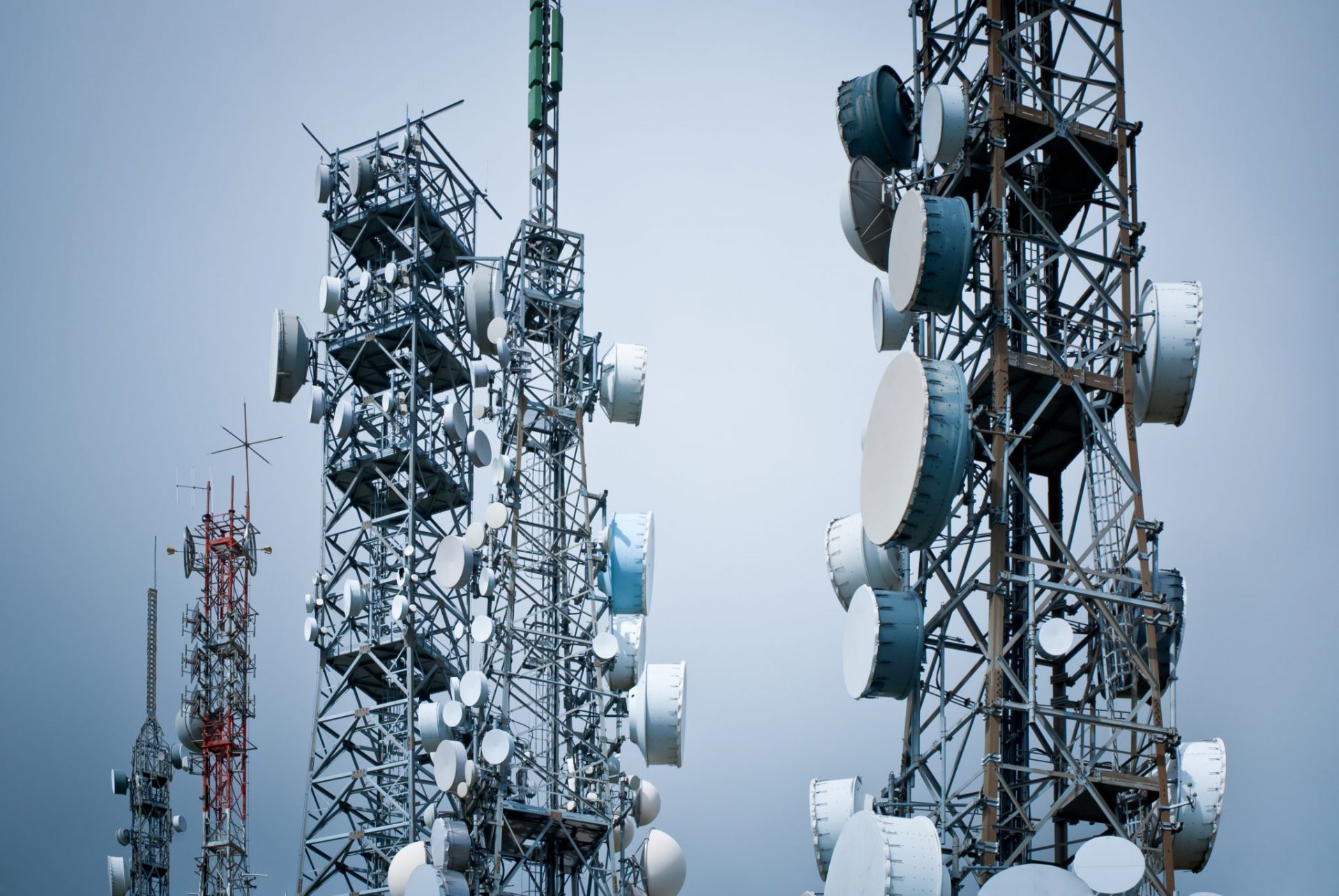If you? ve actually strolled through a town, you may have got spotted small tiny 5G cell podiums on street light poles. These seem like small boxes, but they? re really transmitting wireless signals from cell phone carriers to your own phone.

These smaller sized, purpose-built cell towers are replacing larger, purpose-built ones. When less obvious, that they may nevertheless cause issues for those.
The FCC? s Radiation Exposure Thresholds
Typically the Radiation Exposure Thresholds of the FCC establish the secure distance from which often a person may be exposed to electromagnetic radiation from wireless devices. The direct exposure limitations are established on scientific evidence indicating that RF energy may get hazardous to individual health.
The precise intake rate (SAR) quantifies the radiofrequency energy absorbed by tissues. It is usually 1. 6 m per kilogram, averaged across one g of tissue.
However, since 5g transmits at higher frequencies, it may induce more energy depth within the skin and even other immediately subjected body parts. This might result in some sort of variety of probable consequences, such since the accelerated growth of skin illnesses such as hautentzündung, skin cancer, plus cataracts.
Due associated with the potentially serious consequences of 5g radiation, PSU has opted to impose a general localized power density restriction of 4 mW/cm2 averaged over 1 cm2, and not really to exceed thirty minutes, for many 5G services at 3 thousands GHz. This confined limit is steady with the maximal spatial-average SAR associated with 1. 6 W/kg averaged across a single g of tissues at 6 Gigahertz.
The FCC? s Maximum Exposure Thresholds
If you've actually used a cell phone, a person surely realize that an individual must be at the least 400 meters away from tower for safety. This is expected to the reality that the tranny strength of your mobile tower grows substantially with distance.
Whilst this may seem to be just like a wonderful thought, the reality is that individuals living close to systems may be extra prone to wellness issues. what is a safe distance from a 5g cell tower in India, for instance, indicated that persons which resided within 40 meters of mobile phone towers had higher health concerns than those who lived farther away.
But, this research furthermore revealed that signs and symptoms returned to regular within a few times for persons that relocated to spots distant from mobile towers. Several studies have indicated that will exposure to higher amounts of radiofrequency electromagnetic fields (EMFs) may well induce cancer, head tumors, and some other health concerns.
RF radiation, which is used in cellular communication, may sink into the outermost layer of the human body, the skin. what is a safe distance from a cell tower since a protective hurdle against mechanical harm, infection by pathogenic bacteria, and the particular admission of hazardous chemicals. what is a safe distance from a cell tower is usually responsible for preserving the integrity regarding other organs which is the biggest body organ within the human human body.
Minimum Exposure Thresholds of the FCC
The FCC's Least Exposure Thresholds depend on a number regarding unsupported scientific presumptions. They include the wrong notion that short-term exposures to RF radiation are safe due to low penetration into the physique (i. e., tissue heating) (i. at the., tissue heating).
Moreover, the assumption disregards the deeper transmission in the ELF pieces of modulated RF signals as well as the effects of brief temperature bursts from pulsed RF waves. These assumptions never arrange with the present knowledge of typically the biological effects involving RF radiation; as a result, they should not be utilized to create health-protective exposure limitations.
Additionally , the ICNIRP and FCC constrict their maximum publicity limits to community peak SARs dependent on the optimum spatial specific consumption rate (psSAR), which can be an insufficient dosimetric technique for evaluating the degree of RF radiation exposure. Specifically, psSAR is incorrect from frequencies greater than 6 GHz. Furthermore, psSAR has not been looked into for RF the radiation with co-exposure in order to other environmental aspects such as sunshine. Interactions between radiofrequency (RF) radiation in addition to other environmental components may have bloody or synergistic outcomes. This would increase the likelihood of dangerous health outcomes. Co-exposure to RF radiation and sunshine, for instance, may raise the risk of pores and skin cancer and worsen other skin situations, for instance acne.
